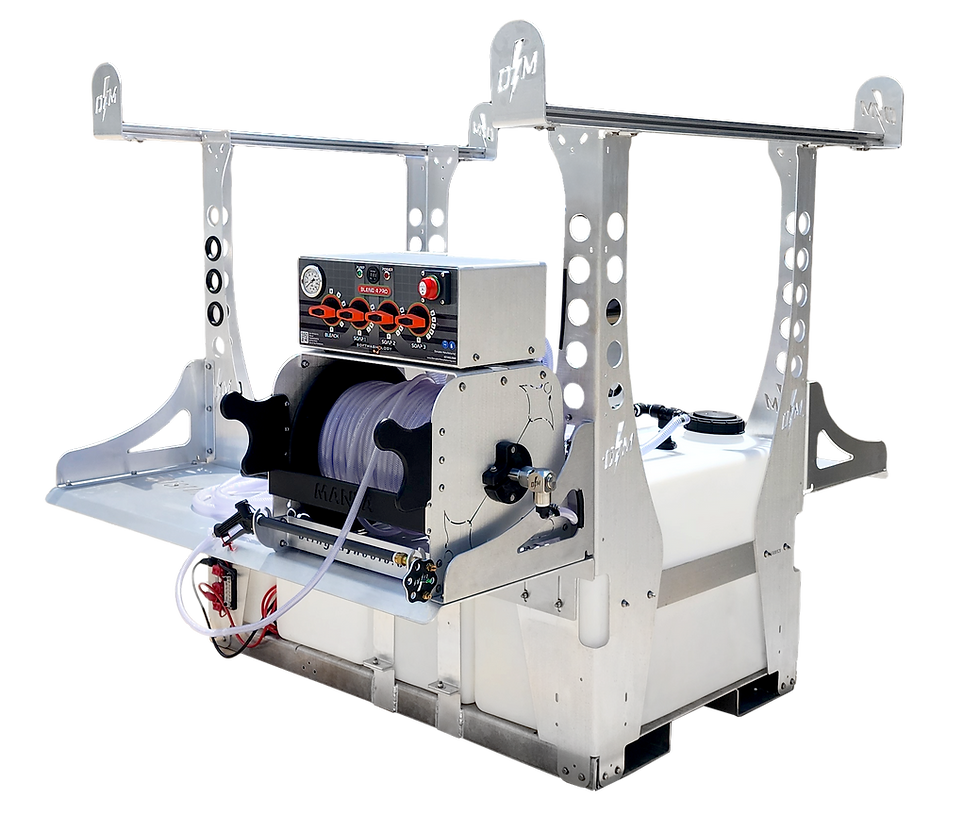Staying Safe While Working in Extreme Summer Heat: Tips for the Exterior Cleaning Industry
- PWNA

- Jun 18
- 2 min read
Working outdoors in the exterior cleaning industry during summer heat presents serious risks. Power washing, soft washing, and other physical outdoor tasks under high temperatures and humidity can lead to heat-related illness and safety concerns. This article outlines the common dangers and how to reduce risks during peak summer months.
Common Heat Risks
1. Heat Exhaustion
Working in direct sunlight while using equipment increases the risk of heat exhaustion.
Signs include:
Heavy sweating
Dizziness
Nausea
Headache
Weakness
If ignored, it can lead to heat stroke. Respond by moving to shade, hydrating, and resting.
2. Hypoglycemia
Heat can drop blood sugar levels quickly, especially for workers with diabetes or high physical output. Symptoms include:
Irritability
Confusion
Shaking
Sweating
Avoid this by eating light snacks regularly and staying hydrated with water or electrolyte drinks.
3. Dehydration and Fatigue
High heat paired with humidity blocks sweat evaporation. This reduces the body’s ability to cool down. Workers may feel sluggish or disoriented. Water loss also lowers concentration and reaction time.
Safety Tips for Working in the Heat
✔ Drink Water Often
Start the day hydrated. Drink water every 15–20 minutes. Avoid sodas, energy drinks, and alcohol.
✔ Use Shade and Breaks
Take breaks in shaded or cool areas every hour. Use pop-up tents or vehicle air conditioning if needed.
✔ Wear Light, Breathable Clothing
Long sleeves and hats offer sun protection. Use moisture-wicking materials. Always apply sunscreen on exposed skin.
✔ Apply Sunscreen
Use a broad-spectrum sunscreen with SPF 30 or higher on exposed skin. Reapply every 2 hours, especially if sweating heavily.
✔ Know the Warning Signs
Teach crews how to spot symptoms of heat stress and low blood sugar. Respond quickly to any issues.
✔ Adjust Work Hours
Start earlier in the day or stagger shifts to avoid peak sun hours (12–4 p.m.). Monitor weather apps to plan accordingly.
Working safely in the heat is critical for exterior cleaning professionals. Heat exhaustion, dehydration, and hypoglycemia are real threats - but they are preventable. By focusing on hydration, regular breaks, and proper clothing, crews can reduce the risk and stay productive.
For more safety guidance and training, visit www.pwna.org.





Comments